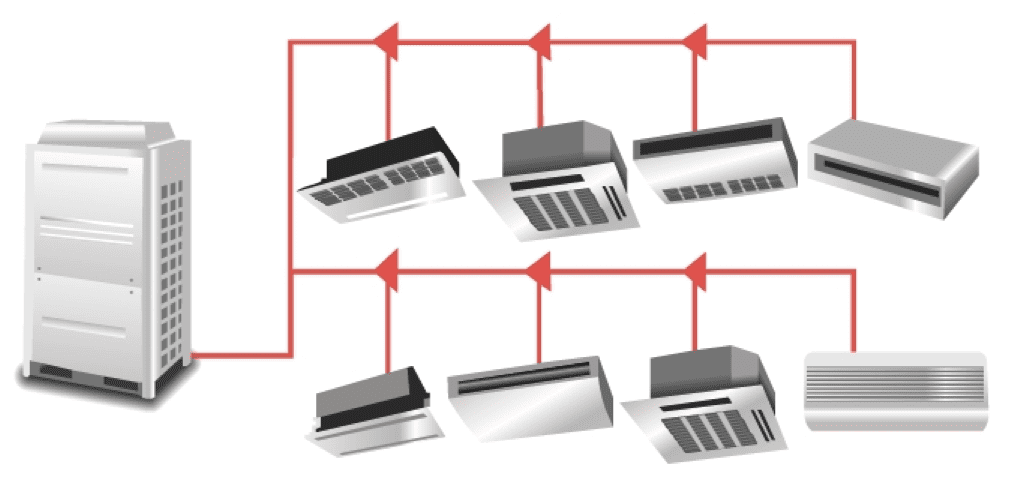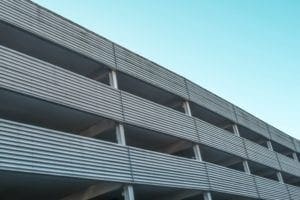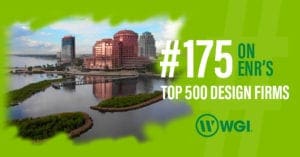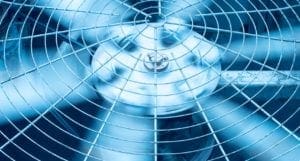
How to Handle Parking Garage Drainage in the City of Austin
Depending on your jurisdiction, handling the drainage of water from parking structures can be a tricky proposition. WGI can help.
Learn from award-winning professionals — explore our whitepapers, blogs, and the latest industry updates.
Join our dynamic organization of engineers, land surveyors, landscape architects, environmental scientists, and architects!
Talk to a market leader today! We’ll answer any questions you have about our professional services.

What is a Variable Refrigerant Flow (VRF) air conditioning system? Here’s the definition according to ASHRAE:
The term variable refrigerant flow refers to the ability of the system to control the amount of refrigerant flowing to each of the evaporators, enabling the use of many evaporators of differing capacities and configurations, individualized comfort control, simultaneous heating and cooling in different zones, and heat recovery from one zone to another. (ASHRAE Journal, April 2007)
In layman’s terms, VRF systems are essentially larger, more complex, versions of direct expansion (DX) split systems much like the one you likely have in your home. The technology was pioneered in Japan by Daikin back in the early 1980s, but has only recently gained popularity in the United States. These systems have continued to advance over the years, and numerous other notable manufacturers like LG, Mitsubishi, and Trane also offer versions of VRF systems.
The diagram above indicates how a single outdoor VRF condensing unit can serve various styles of indoor units (wall mounted, ceiling cassette, concealed ducted, PTAC style).
There are distinct Advantages of VRF over traditional systems, such as:
VRF systems do have a few Disadvantages as well:
With an initial investment, utilizing VRF technology on your next project can reduce energy costs, improve occupant comfort, reduce mechanical unit noise and reduce down time due to increased redundancy within the system.

WGI is a national design and professional services firm leading in technology-based solutions for the construction of public infrastructure and real estate development. At WGI, we’re providing Tomorrow’s Infrastructure Solutions Today.

Depending on your jurisdiction, handling the drainage of water from parking structures can be a tricky proposition. WGI can help.

In this third episode of a four-part series, we discuss how mechanical & plumbing code updates will affect building designers and developers in Austin, TX.

Enclosed parking garages require significant design efforts from a mechanical and architectural perspective.

WGI moves up 12 spots on the Engineering News-Record (ENR) 2021 Top 500 Design Firms List!

Discover how building owners and developers can leverage a better HVAC system as a competitive advantage in the post-COVID 19 world.

WGI is celebrating the engineering profession with our PE’s and aspiring PE’s around the nation for the fourth annual Professional Engineers Day!
You’ve been searching for a place like WGI. We look forward to meeting you soon.
Sign up to receive emails to hear our latest news and achievements in our monthly newsletter.
Enter your zip code, and we’ll personalize your experience with local projects, office locations, team members, and more.
WGI supports its associates with meaningful opportunities for growth, strong benefits and perks, while we work collaboratively with clients and co-consultants to shape and improve communities.






WGI is a dynamic organization with opportunities nationwide for engineers, land surveyors, landscape architects, environmental scientists, and architects.